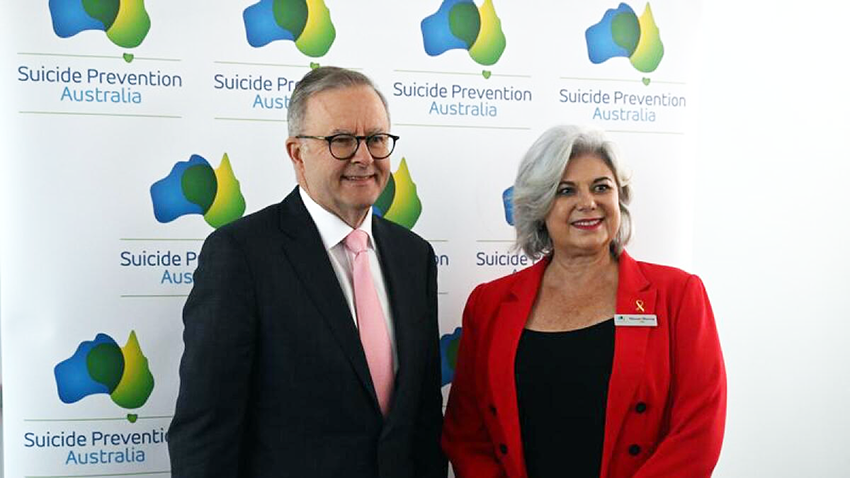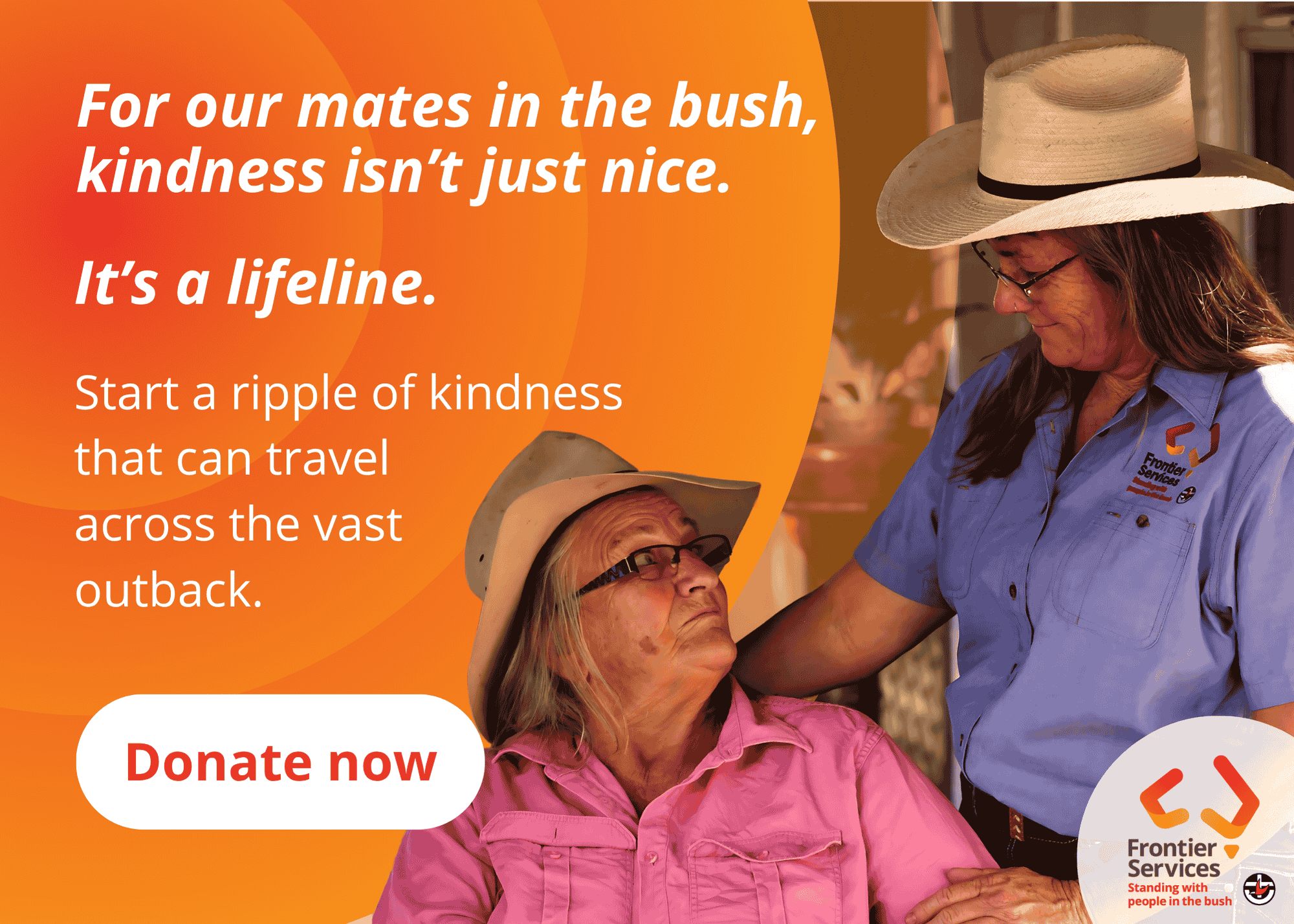Canberra – Suicide Prevention Australia is calling for a firmer commitment from the Labor Government to prioritise a cohesive approach to suicide prevention across the country.
On World Suicide Prevention Day (September 10) at a breakfast at Parliament House in Canberra, Suicide Prevention Australia launched the fifth iteration of the 2024 State of the Nation in Suicide Prevention Report.
The report is a key tool for monitoring our sector, the state of the community, and our national policy platform.
Key findings include:
- 74% of respondents have seen increased demand for services over the past 12 months.
- 80% of respondents require increased funding to meet increased demand.
- Most organisations (67%) do not have sufficient staff and volunteers to meet workforce needs.
- The vast majority (91%) of respondents believe a whole-of-government approach to suicide prevention is required.
- Cost of living and personal debt (86%) and housing access and affordability (83%) are reported to be the greatest risk to suicide over the next 12 months.
After extensive consultation with people with lived experience, the community, sector, and across government, the National Suicide Prevention Strategy was released as Advice on World Suicide Prevention Day (September 10).
The decision to release this document as Advice came after new data indicated that 25% of Australians aged 18-24 have had serious thoughts of suicide in the last 12 months and 74% of Australians 18 and over are feeling elevated levels of distress beyond normal levels.
Suicide Prevention Australia’s latest Community Tracker also shows almost half (49%) of Australians are feeling this distress due to cost-of-living and personal debt which is an increase (+3 percentage points) compared to this time last year. This is followed by close to a quarter who cite family and relationship breakdowns (24%) and housing access and affordability (24%).
According to the CEO of Suicide Prevention Australia, Nieves Murray, this is a missed opportunity to implement a bold strategy at a critical time for the community.
“Sadly, today and every day in Australia nine people die by suicide and another 150 people make an attempt to take their own life. That’s nine lives cut short, 150 people in extreme distress and family and friends left to grapple with unimaginable grief.
“We are concerned about the decision to deliver the document as Advice instead of as a Strategy that was promised to the sector and wider community.
“International expert opinion is clear. The International Association for Suicide Prevention recommends a National Strategy as best practice. We appear to still be at the starting blocks,” said Ms Murray.
New data also shows 71% of suicide prevention organisations have seen an increase in demand over the last 12 months and 80% require additional funding to keep up.
“It’s promising to see that many Australians are reaching out for help. However, our sector is facing a workforce crisis. Without some sort of significant shift, millions of Australians impacted by suicide every year will be faced with a burnt out and resource poor sector unable to help them.
“We urge the government to reconsider the approach and to realign the National Strategy with the original commitment to a framework with an implementation plan.
“We need a coordinated, national approach to suicide prevention that leaves no one behind.
“It’s important to remember that there is hope, and there is help available. Check in on those around you and if you’re experiencing distress, please reach out to someone.
“Together, let’s embrace our collective responsibility, champion hope and take meaningful action to save lives,” said Ms Murray.
Key findings from the Suicide Prevention Australia Community Tracker
74% of Australians are feeling elevated levels of distress beyond normal levels compared to this time last year, due to social and economic circumstances. This figure has consistently reached 70% or above every quarter for the last two years.
Top five causes of elevated distress:
- Cost of living and personal debt (49%)
- Family and relationship breakdown (24%)
- Housing access and affordability (24%)
- Unemployment and job security (22%)
- Social isolation and loneliness (22%)
More than one in four (26%) Australians know someone in their personal life or networks, who has died by or attempted suicide in the past 12 months.
Younger Australians (18 to 24 years) continue to be more likely to know someone either directly or indirectly in their personal life or networks who has died by or attempted suicide in the past 12 months.
The top four causes of elevated distress for young people (18-24 years) are:
- Cost-of-living and personal debt (47%)
- Housing access and affordability (38%)
- Social media, self-image and bullying (36%)
- Unemployment and job security (33%)
If you or someone you know requires support, please reach out. Help is available and it can make a difference. Phone Lifeline on 13 11 14.
Photo: Prime Minister Anthony Albanese and Nieves Murray, CEO of Suicide Prevention Australia at the launch on September 10, Canberra.












